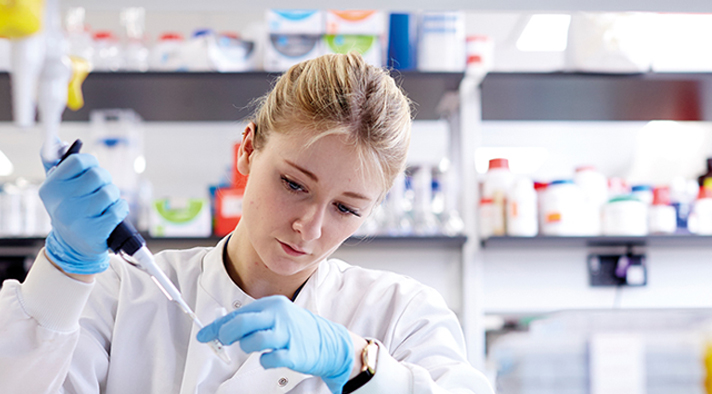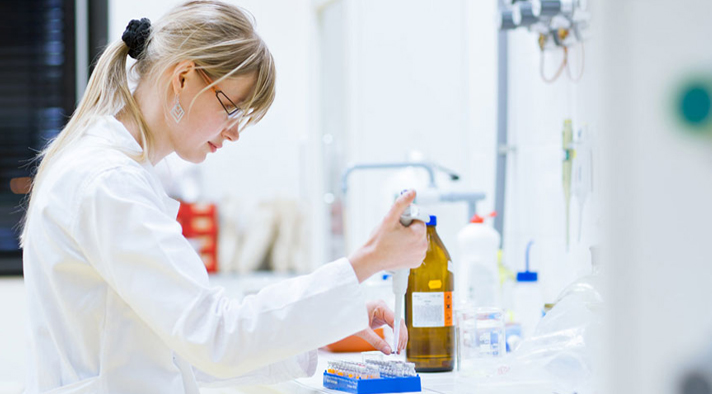Diacerein is now widely used for the treatment of Osteoarthritis. The mechanism of action differs from the Nonsteroidal anti-inflammatory drugs since it is not related to the inhibition of Prostaglandins. Anti-osteoarthritis and cartilage stimulating properties have been demonstrated in vivo and in animal models. Diacerein and Rhein have been shown to inhibit the production of interleukin-I beta by human monocytes and the effects of the cytokine on chondrocytes in vivo. Diacerein in therapeutic dose inhibit the stimulation of interleukin-1 beta production and production of nitrous oxide. It also significantly reduces severity of pathological changes of osteoarthritis compared to placebo and increases the expression of transforming growth factor TGF-beta-1 and TGF beta-2 with potential cartilage repairing properties. From the literature, Diacerein is seemed to be a safe and promising drug. This research work has been taken up to develop and validate simple, accurate, sensitive and cost-effective methods for the estimation of Diacerein in dosage forms. A new LC method with UV detection was developed for the quantitative determination of Diacerein in pharmaceutical dosage forms. The chromatographic separation was performed on GPC column with a mobile phase of tetra hydro furan. A flow rate of 1.2ml/minute was used. The resulting chromatogram exhibited a retention time of 5.784 minute. The limit of detection and limit of quantification was found to be 0.5µg/m land 1µg/ml. A linearity range of 1-10µg/ml was established. The correlation coefficient was found to be 1. 007.The results of analysis were treated statically, as per ICH guidelines for validation of analytical procedures and by recovery studies. The results were found to be accurate and not much interferences from capsule excipients. The active pharmaceutical ingredient was extracted from its finished dosage forms using tetrahydrofuran. The percentage recovery was found to be 99.9%w/w.
High Performance Chromatographic (GPC) method for the estimation of diacerein in solid dosage forms
×
Error message
- Notice: Trying to access array offset on value of type int in element_children() (line 6609 of /home1/sciensrd/public_html/scienceijsar.com/includes/common.inc).
- Notice: Trying to access array offset on value of type int in element_children() (line 6609 of /home1/sciensrd/public_html/scienceijsar.com/includes/common.inc).
- Notice: Trying to access array offset on value of type int in element_children() (line 6609 of /home1/sciensrd/public_html/scienceijsar.com/includes/common.inc).
- Notice: Trying to access array offset on value of type int in element_children() (line 6609 of /home1/sciensrd/public_html/scienceijsar.com/includes/common.inc).
- Notice: Trying to access array offset on value of type int in element_children() (line 6609 of /home1/sciensrd/public_html/scienceijsar.com/includes/common.inc).
- Notice: Trying to access array offset on value of type int in element_children() (line 6609 of /home1/sciensrd/public_html/scienceijsar.com/includes/common.inc).
- Notice: Trying to access array offset on value of type int in element_children() (line 6609 of /home1/sciensrd/public_html/scienceijsar.com/includes/common.inc).
- Notice: Trying to access array offset on value of type int in element_children() (line 6609 of /home1/sciensrd/public_html/scienceijsar.com/includes/common.inc).
- Notice: Trying to access array offset on value of type int in element_children() (line 6609 of /home1/sciensrd/public_html/scienceijsar.com/includes/common.inc).
- Notice: Trying to access array offset on value of type int in element_children() (line 6609 of /home1/sciensrd/public_html/scienceijsar.com/includes/common.inc).
- Notice: Trying to access array offset on value of type int in element_children() (line 6609 of /home1/sciensrd/public_html/scienceijsar.com/includes/common.inc).
- Notice: Trying to access array offset on value of type int in element_children() (line 6609 of /home1/sciensrd/public_html/scienceijsar.com/includes/common.inc).
- Notice: Trying to access array offset on value of type int in element_children() (line 6609 of /home1/sciensrd/public_html/scienceijsar.com/includes/common.inc).
- Notice: Trying to access array offset on value of type int in element_children() (line 6609 of /home1/sciensrd/public_html/scienceijsar.com/includes/common.inc).
- Notice: Trying to access array offset on value of type int in element_children() (line 6609 of /home1/sciensrd/public_html/scienceijsar.com/includes/common.inc).
- Notice: Trying to access array offset on value of type int in element_children() (line 6609 of /home1/sciensrd/public_html/scienceijsar.com/includes/common.inc).
- Notice: Trying to access array offset on value of type int in element_children() (line 6609 of /home1/sciensrd/public_html/scienceijsar.com/includes/common.inc).
- Notice: Trying to access array offset on value of type int in element_children() (line 6609 of /home1/sciensrd/public_html/scienceijsar.com/includes/common.inc).
- Notice: Trying to access array offset on value of type int in element_children() (line 6609 of /home1/sciensrd/public_html/scienceijsar.com/includes/common.inc).
- Notice: Trying to access array offset on value of type int in element_children() (line 6609 of /home1/sciensrd/public_html/scienceijsar.com/includes/common.inc).
- Notice: Trying to access array offset on value of type int in element_children() (line 6609 of /home1/sciensrd/public_html/scienceijsar.com/includes/common.inc).
- Notice: Trying to access array offset on value of type int in element_children() (line 6609 of /home1/sciensrd/public_html/scienceijsar.com/includes/common.inc).
- Notice: Trying to access array offset on value of type int in element_children() (line 6609 of /home1/sciensrd/public_html/scienceijsar.com/includes/common.inc).
- Notice: Trying to access array offset on value of type int in element_children() (line 6609 of /home1/sciensrd/public_html/scienceijsar.com/includes/common.inc).
- Notice: Trying to access array offset on value of type int in element_children() (line 6609 of /home1/sciensrd/public_html/scienceijsar.com/includes/common.inc).
- Notice: Trying to access array offset on value of type int in element_children() (line 6609 of /home1/sciensrd/public_html/scienceijsar.com/includes/common.inc).
- Notice: Trying to access array offset on value of type int in element_children() (line 6609 of /home1/sciensrd/public_html/scienceijsar.com/includes/common.inc).
- Notice: Trying to access array offset on value of type int in element_children() (line 6609 of /home1/sciensrd/public_html/scienceijsar.com/includes/common.inc).
- Notice: Trying to access array offset on value of type int in element_children() (line 6609 of /home1/sciensrd/public_html/scienceijsar.com/includes/common.inc).
- Notice: Trying to access array offset on value of type int in element_children() (line 6609 of /home1/sciensrd/public_html/scienceijsar.com/includes/common.inc).
- Notice: Trying to access array offset on value of type int in element_children() (line 6609 of /home1/sciensrd/public_html/scienceijsar.com/includes/common.inc).
- Notice: Trying to access array offset on value of type int in element_children() (line 6609 of /home1/sciensrd/public_html/scienceijsar.com/includes/common.inc).
- Notice: Trying to access array offset on value of type int in element_children() (line 6609 of /home1/sciensrd/public_html/scienceijsar.com/includes/common.inc).
- Notice: Trying to access array offset on value of type int in element_children() (line 6609 of /home1/sciensrd/public_html/scienceijsar.com/includes/common.inc).
- Deprecated function: implode(): Passing glue string after array is deprecated. Swap the parameters in drupal_get_feeds() (line 394 of /home1/sciensrd/public_html/scienceijsar.com/includes/common.inc).
Page No:
5417-5421
Download PDF:




